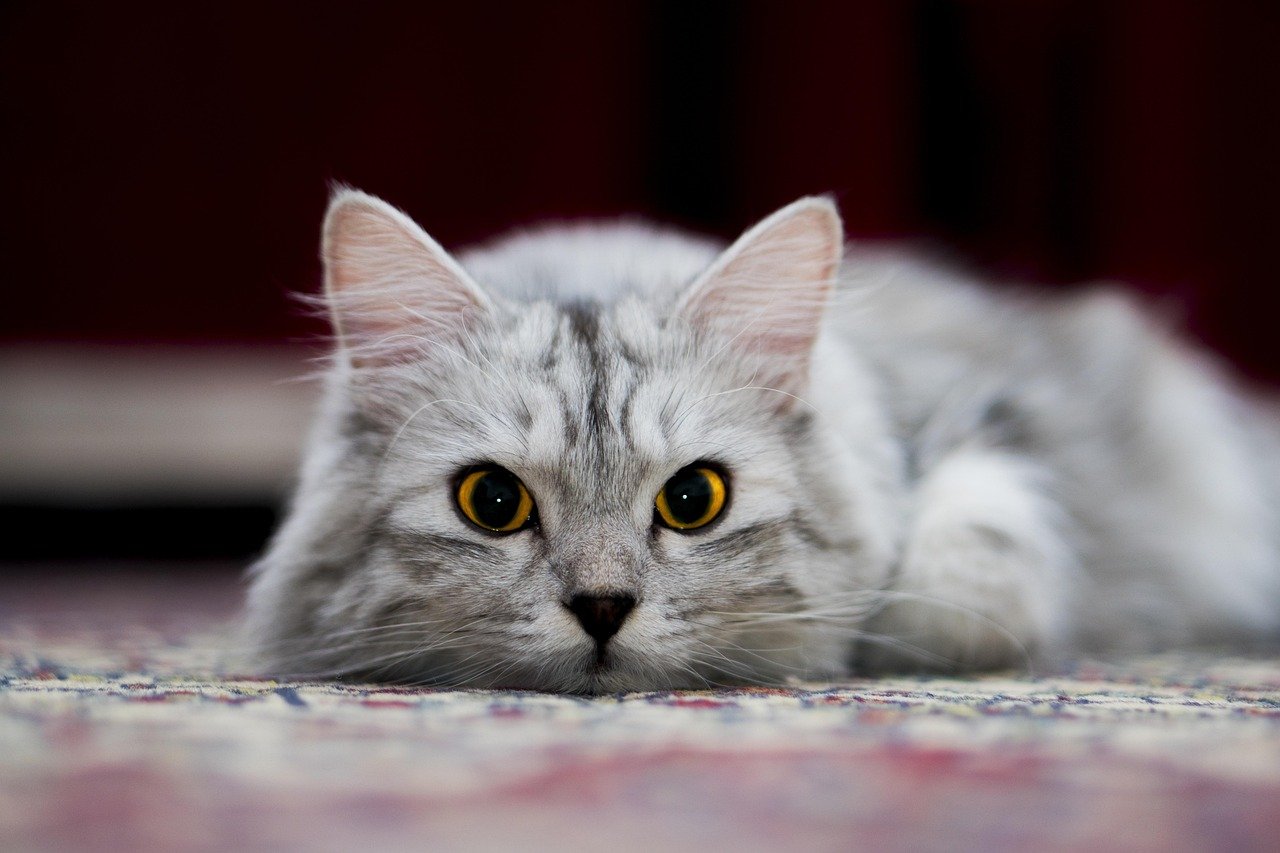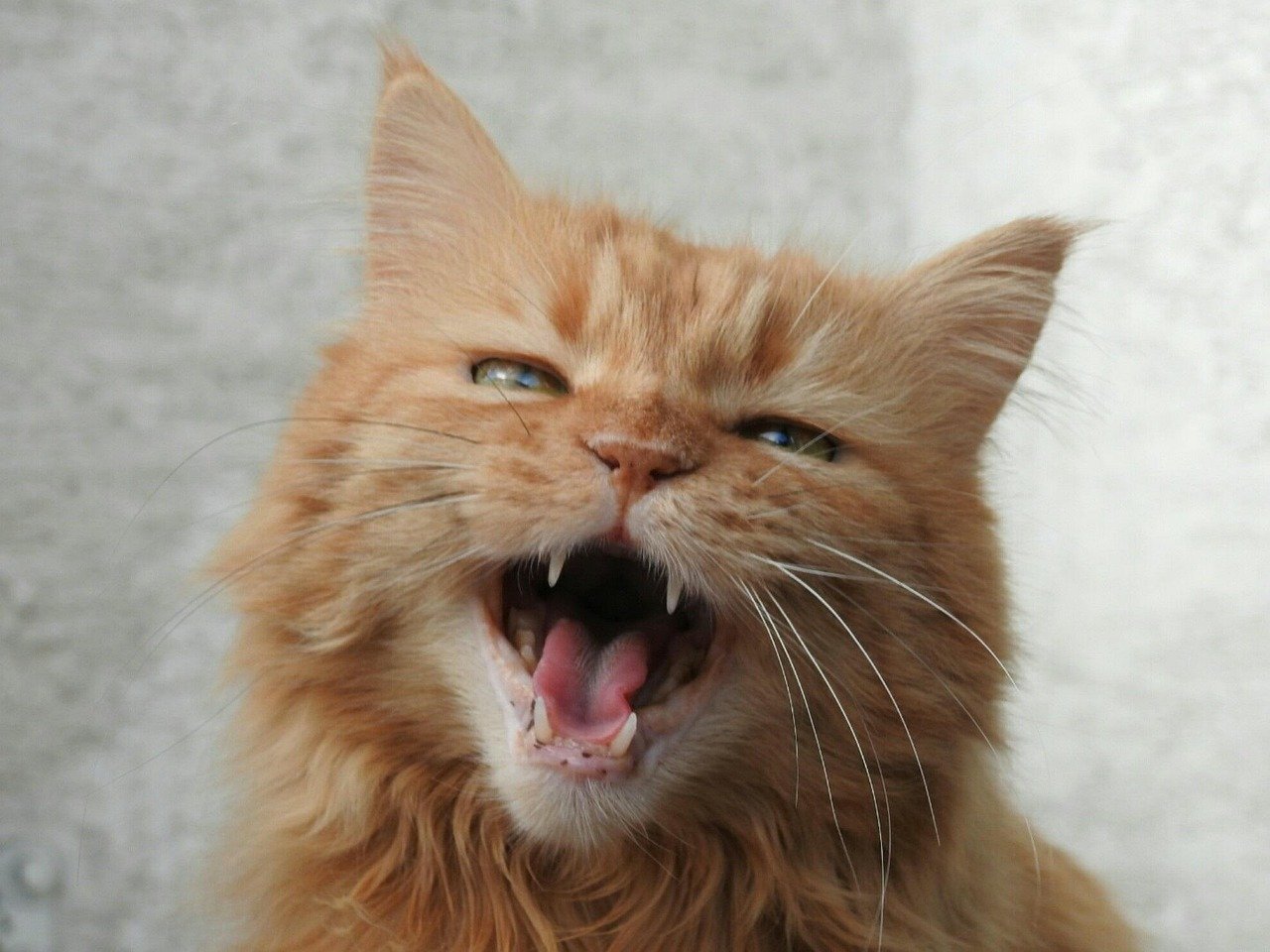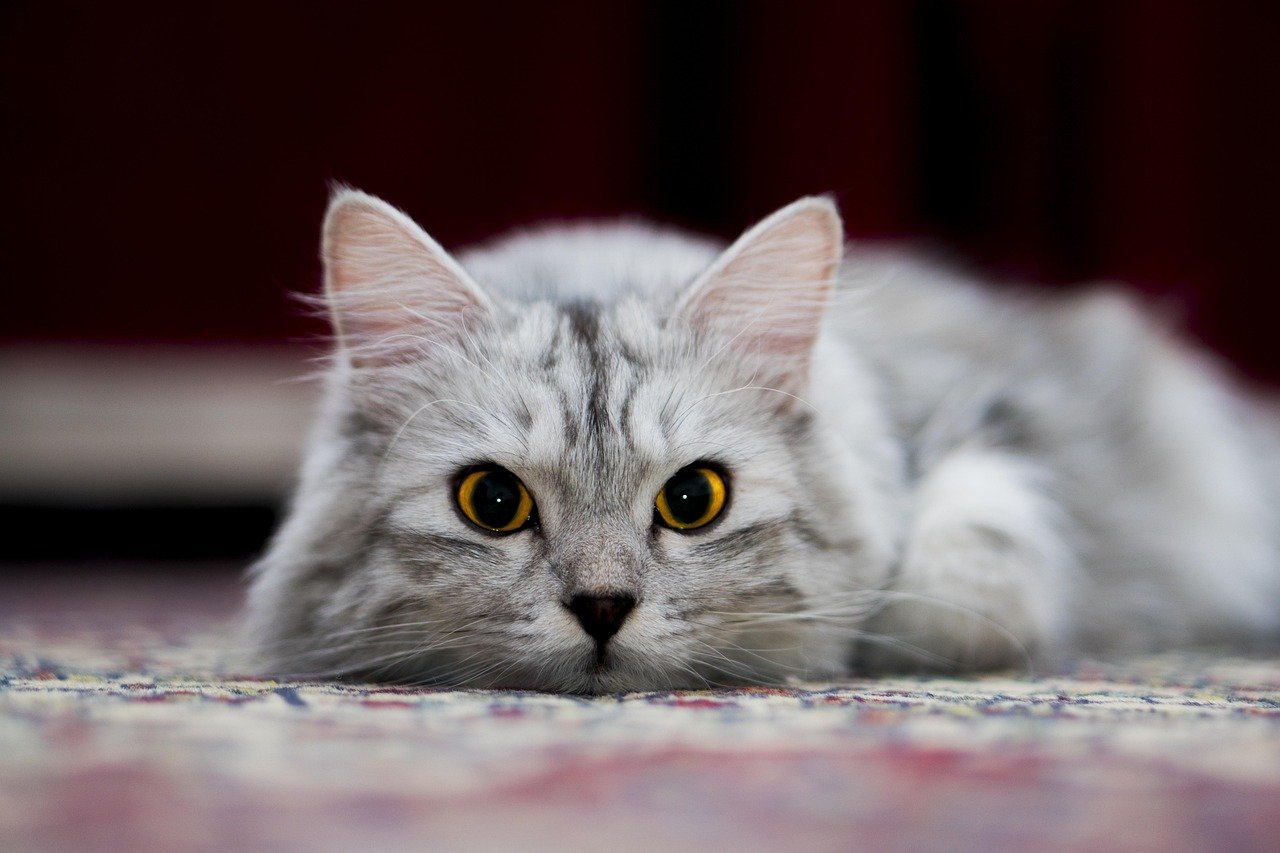Cats have a fascinating way of communicating that often leaves us humans intrigued and curious. These charming creatures speak a unique language filled with subtle cues that can tell us volumes about their feelings and intentions. For cat lovers, understanding these communication methods is like unlocking a secret code that deepens the bond between you and your feline friend. Let’s explore eight secret language cues that cats use to connect with their human companions.
The Purring Symphony
One of the most recognizable sounds a cat makes is the gentle purr. While often associated with contentment, purring can have multiple meanings. It’s like a soothing melody that can indicate happiness when your cat is curled up on your lap, but it can also be a sign of self-soothing in times of stress or discomfort. By paying attention to the context in which your cat purrs, you can better understand what they are trying to communicate. Imagine it as a musical note that changes meaning depending on the setting, much like a familiar tune that evokes different emotions in different situations.
Tail Talk
A cat’s tail is like a flag that signals their mood and intentions. When a cat holds its tail high, it’s often a sign of confidence and friendliness. Conversely, a low or tucked tail may indicate fear or submission. Watch for the twitching tip of a tail, as it can suggest excitement or irritation. Think of the tail as a mood ring, changing shape and position to reflect your cat’s inner feelings. Observing these cues can help you gauge whether your cat is ready to play or prefers some alone time.
Whisker Whispers
Whiskers are more than just adorable facial features; they are sensitive instruments that help cats navigate their world. When a cat’s whiskers are forward and relaxed, it often means they are curious and engaged. However, whiskers pulled back against the face can signal fear or aggression. Imagine whiskers as the antennae of a radio, picking up signals from the environment to help your cat decide how to react. Paying attention to whisker position can give you insight into your cat’s current state of mind.
The Slow Blink

Cats have a way of saying “I trust you” that’s both subtle and heartwarming. The slow blink is a sign of affection and trust, often referred to as a “cat kiss.” When a cat looks at you and slowly closes its eyes, it’s a gesture of relaxation and comfort in your presence. Try returning the gesture with your own slow blink to strengthen your bond. It’s like a silent conversation of mutual understanding, where words aren’t needed to express fondness and security.
Meowing: The Feline Dialect

While cats don’t meow to communicate with each other in the wild, they’ve adapted this behavior to interact with humans. Each cat has its unique “meow” vocabulary, ranging from short chirps to long, drawn-out calls. It’s their way of getting your attention, whether they’re hungry, want to play, or simply need some affection. Consider meows as a custom language your cat has developed just for you. By learning to recognize the differences in their vocalizations, you can respond more effectively to their needs.
Ear Expressions
A cat’s ears are incredibly expressive and can tell you a lot about their mood. Ears facing forward usually indicate curiosity or interest, while ears flattened against the head can signal fear or aggression. Sometimes, one ear might be swiveled to the side, indicating they are listening to something specific. Think of your cat’s ears as directional indicators, pointing you toward their current focus or concern. Observing their ear movements can help you better understand what might be capturing their attention.
Rubbing and Head-Butting

When a cat rubs against you or delivers a gentle head-butt, it’s more than just seeking attention. This behavior is a form of scent marking, where your cat is transferring their scent onto you as a way of claiming you as part of their territory. It’s a sign of affection and ownership, akin to a warm embrace. Imagine it as a signature scent, a personal touch that says, “You belong to me.” Embrace these gestures as a testament to your special bond.
Paw Kneading

Kneading is a behavior that begins in kittenhood, as kittens knead their mothers to stimulate milk flow. As adults, cats continue to knead as a comforting action. When your cat kneads on you, it’s a sign of trust and affection, reminiscent of their early days. Picture kneading as a soft, rhythmic massage, a comforting ritual that brings back feelings of safety and warmth. By allowing your cat to knead, you’re providing them with a sense of security and contentment.
Understanding these secret language cues can transform your relationship with your cat, turning everyday interactions into meaningful exchanges. By tuning into these signals, you can better meet your cat’s needs and enjoy a deeper connection. Remember, your cat’s unique way of communicating is a testament to the bond you share, a silent dialogue that enriches your lives together.
Jen is a passionate nature lover and ocean conservationist. She has dedicated her life to protecting the environment and preserving the beauty of the natural world. Growing up in a small coastal town, Jen sincerely appreciated the ocean and its inhabitants. She has spent countless hours exploring the shoreline, learning about the creatures that inhabit the waters, and advocating for their protection. Jen is an active member of ocean conservation organizations, and she is committed to educating the public about the importance of conserving wildlife and the natural environment.






